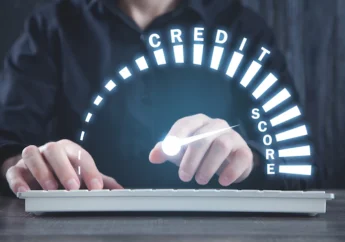Best Practices For Implementing A SaaS Billing System
by Abdul Aziz Mondal Finance Published on: 20 November 2021 Last Updated on: 10 January 2025

Managing the bill requires a lot of time and money. No matter how good you are at it, the costs never seem to go down enough. The more you scale, the more complex your billing system needs to be. It’s not an easy task to find the right software for your billing system. There are so many companies out there that offer similar services, but they all have their own pros and cons. That’s why we compiled this list of best practices for implementing a SaaS billing system.
5 Tips For Implementing A SaaS Billing System

Whether you’re looking to start fresh or optimize your current process, these tips will help you make sure that your company is using the best possible tool for the job.
Here are the five ways by which you can implement a SaaS billing system.
1. Find The Right Software For Your Company
It’s essential to use affordable software, which allows you to scale your system as your company grows and provides you with control and flexibility.
For more complex operations, like engineering and marketing, you can use dedicated billing software that allows you to write code for standard billing and payment processes.
The more you go into the SaaS billing system, the more complicated things can get. If your billing system is growing, you can expect more expenses to roll in. To keep things affordable, look for software that offers a lightweight “one-size-fits-all” solution.
2. Develop A Process Around It
Creating a SaaS billing system takes time. It’s a whole team effort. You’re not going to implement a billing system on a whim and expect it to perform the way you want it to. The first step is to develop a process for how your company does its billing.
This might sound like a simple task, but a lack of process will lead to billing issues and your SaaS billing system not working as you want it to. A strategy should include having a product owner review invoices to ensure they are legitimate and compliant with your company policies and procedures.
You should also create a process for reviewing customer statements and billing queries. After you have established a strategy, you need to check it and make sure it is working in real life.
3. Learn How To Use The Software
This is where it can start to become tricky. If you’re not already using the SaaS billing system software, it’s critical that you learn how to use it well and understand the advantages of the system. Don’t just settle for what the sales team recommends.
Spend time understanding the software’s capabilities and what the use cases are, including the process for requesting or paying a bill. Then, start from the ground up to understand the different types of invoices that are offered, how to create and accept customer payments, and even how to manage deductibles.
4. Make Sure You’re Not Missing Anything
There are a lot of SaaS billing systems out there, and many of them can work well with your business. Make sure you’re not missing out on anything by going through all the available options. Take the time to compare each of the viable options and see which ones make sense for your company.
Before making the switch, it’s important to make sure you won’t be losing any critical information or missing out on other essential features. It’s also a good idea to sign up for a free trial of a SaaS billing system. So you can test how easy they are to use and how quickly they will respond to your needs.
5. Get Feedback From Your Team And Customers
If you are using a legacy billing system and have had problems with it, consider switching to a newer billing system for your team. This way, you’ll have the opportunity to provide feedback on how you can improve the system.
Taking the time to understand the pain points of your customers and providing them with the best possible customer service will always help with the success of your SaaS billing system.
Conclusion:
The SaaS billing system is a full-proof system where all data is going to store in the system. In the human process, there is always the chance to lose some data and information. But when you are implementing the SaaS billing system, you will minimize the error chances. And for the audit, this process is going to channelize the data regularly.
Read Also:





































































































